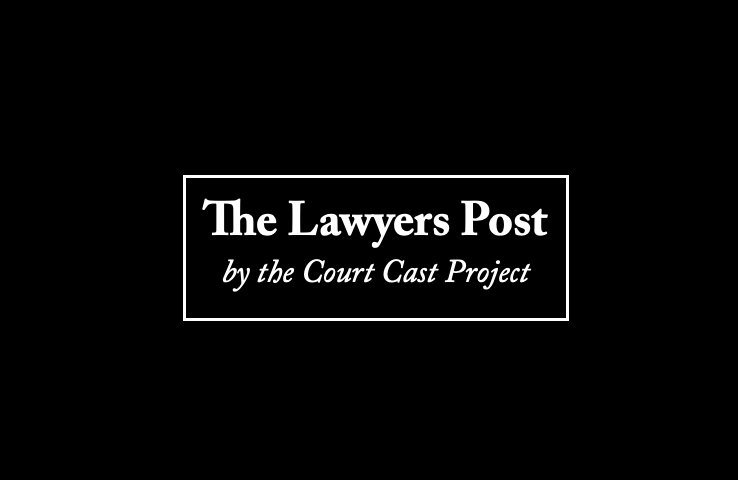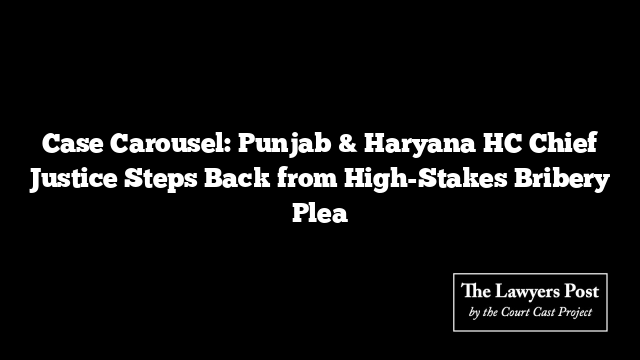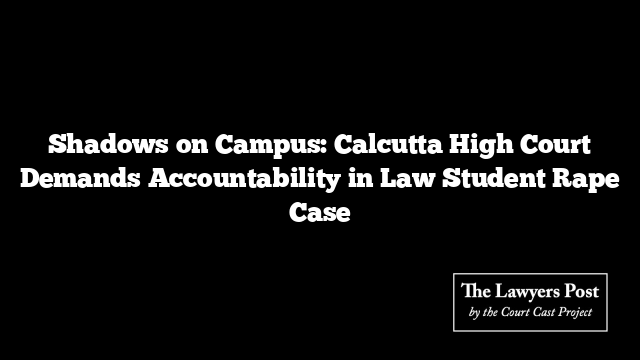The corridors of the Punjab and Haryana High Court echoed with yet another twist in the long-winding bribery saga involving a special CBI judge. Chief Justice Sheel Nagu, after months of judicial tug-of-war, has now stepped aside from hearing the plea that sought to quash the very foundation of the corruption case.
Why the retreat? The Chief Justice candidly admitted he had earlier handled related administrative matters, specifically complaints tied to a High Court single-judge who was originally on the case. That crossover, he now says, is reason enough to bow out.
But this isn’t the first time eyebrows have been raised. Petitioners had previously objected to Nagu hearing the matter at all, especially since Justice Mahabir Singh Sindhu had already listened to arguments in full and reserved judgment. At the time, the Chief Justice stood his ground, declaring—via a May 23 judicial order—that no rule, written or unwritten, barred him from reassigning a case even after it had been reserved.
He doubled down just days later, on May 27, refusing the petitioners’ plea to pull the plug on their own case.
Now, with his recusal, the story enters yet another chapter.
At the heart of it all is Roop Bansal, Director of the M3M Group and co-accused in a corruption case so tangled it’s changed hands across four judges since January. The allegations are explosive: that judicial officer Sudhir Parmar, a special CBI and PMLA judge, pocketed between ₹5–7 crore from bigwig realtors—M3M and IREO—in return for favorable rulings.
The Enforcement Directorate is running a parallel track, having filed its own complaint under the Prevention of Money Laundering Act. Bansal, for his part, is attempting to pull the brakes on the criminal proceedings, having withdrawn an earlier plea in January before filing the latest one.
Meanwhile, the High Court bench shuffle continues, and this case—stained with accusations of judicial corruption, judicial overreach, and a judicial game of musical chairs—refuses to leave the headlines.




